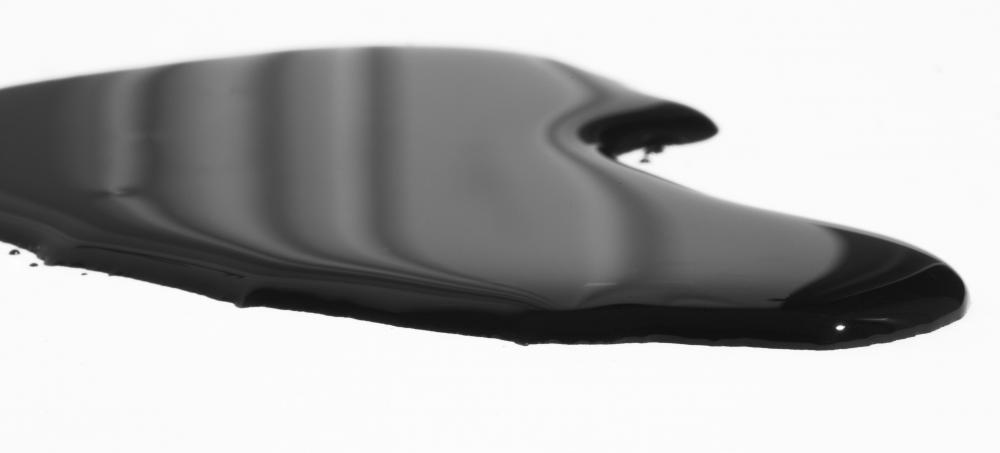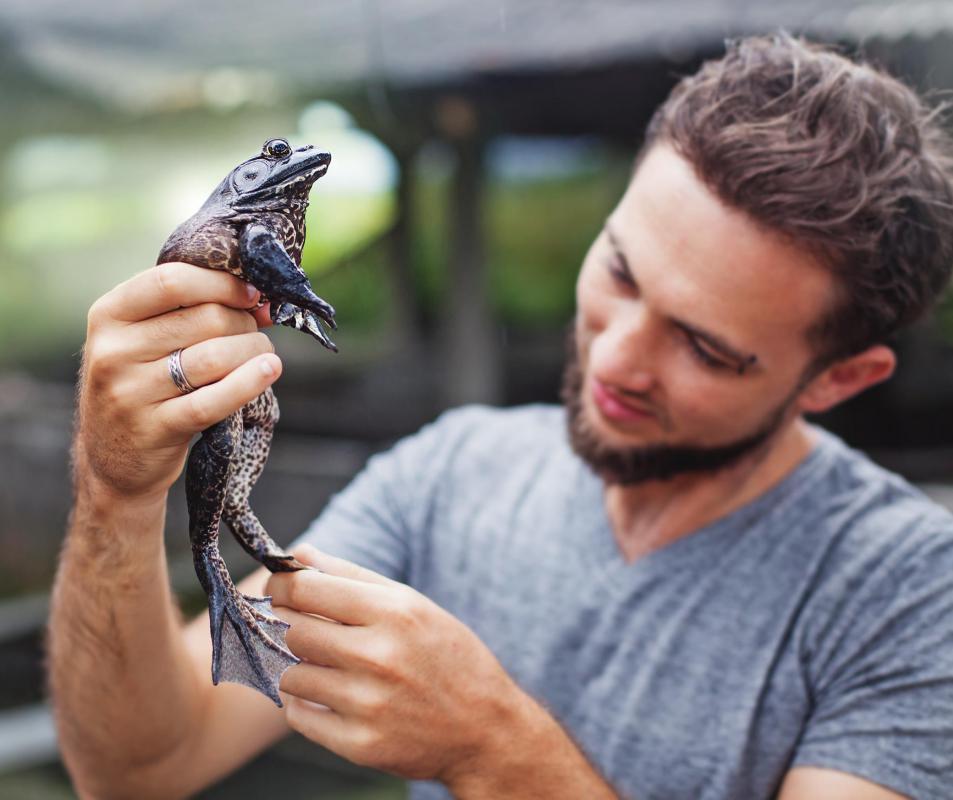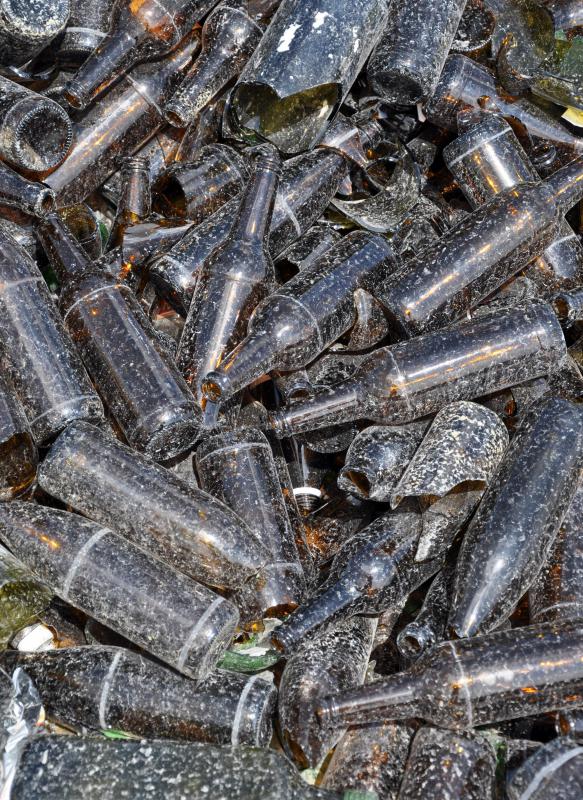What Is Environmental Conservation?
Environmental conservation involves attempting to protect the habitats of certain life forms including plants and animals. Conservation efforts can also include taking steps to protect the Earth from the harmful effects of man made and natural hazards and contaminants. Some environmental conservation programs are sponsored by governments but corporations and non-profit groups also spearhead many such programs.
Many types of animals are endangered due to loss of habitat. Human expansion into forested areas and other remote locations can have a negative impact on native animals because some rely on plant life and water sources that are destroyed during this process. Some conservation groups attempt to minimize habitat destruction by conducting advertising campaigns that are designed to create awareness of the problem. Zoologists and animal conservationists sometimes attempt to breed endangered species in captivity to ensure that animal populations will not become extinct due to loss of habitat. Successfully bred animals are sometimes reintroduced to the wild in areas that have been unaffected by human activities.

Scientists engaged in environmental conservation attempt to create new environmentally friendly chemicals and materials that can replace harmful substances. Certain types of gas can intensify the effects of solar radiation and this can cause harm to both humans and animals. Some privately funded and publicly funded researchers attempt to develop new types of propellants and fuels that contain less harmful gases. Additionally, some types of material including plastic do not decay over time and safely disposing of such products can prove difficult. Conservation efforts in many nations are focused on creating biodegradable materials to replace plastics.

Aside from preventing pollution, many environmental conservation efforts are focused on reversing damage that has already occurred. When oil tankers or rigs experience leaks, large quantities of crude oil can prove harmful to marine plants and animals. Conservation groups attempt to clean up such spills with both chemicals and dredging equipment. In other instances, scientists use a variety of techniques to remove chemicals and pollutants from rivers, oceans and lakes. This improves the natural habitat of fish and other animals but also benefits humans who have more access to clean water.

Environmental conservation programs often involve major organizations, but many individuals conduct such efforts on a small scale within the home such as reusing or recycling bottles, cups and plastic products. Many cities have recycling stations where consumers can deposit waste paper products, plastic and glass. These materials are recycled and used to create new products. Consequently, fewer habitats are damaged because fewer trees are felled to create paper and fewer oil wells are needed to produce plastic and other crude oil by-products. Efforts to develop renewable energy sources such as solar energy and hydro-electric power are also designed to reduce dependency on oil and other types of energy that cause pollution and will eventually be depleted.
AS FEATURED ON:
AS FEATURED ON:














Discussion Comments
@Ana1234 - It is controversial to drop poison like that, though. How is it different from using herbicides and pesticides on crops, after all? It is still a form of pollution and we have no idea what the long term damage might be to ecosystems.
Conservation needs to take the long view and I don't think that poisoning animals is the best way to accomplish anything.
@croydon - I'll never forget hearing about one of those campaigns that was sabotaged by protesters who dropped the antidote to the poison all over the island so the rats could get it when they were close to being eradicated.
It costs millions of dollars to arrange for a whole island of rats to be exterminated and even one rat surviving means the whole enterprise was a waste. Not to mention that almost every attempt is going to end up with a lot of collateral damage, where birds and other native species may eat the poison or the dead rats and end up dying as well.
So even if you don't agree with the attempt, trying to help the rats to live through it is not the best way to protest.
I recently read a fascinating book on how conservationists often have to clear away pest species in order to allow local species to thrive again. Rats on islands are the main example, as they quickly take over all the available space and live by killing local birds and mammals and eating all their food.
The book was obviously in favor of killing the rats, but did also make the point that we should try to do it as humanely as possible. It is not the rats that are at fault, but humanity for putting them in a position to destroy just by being themselves.
Post your comments